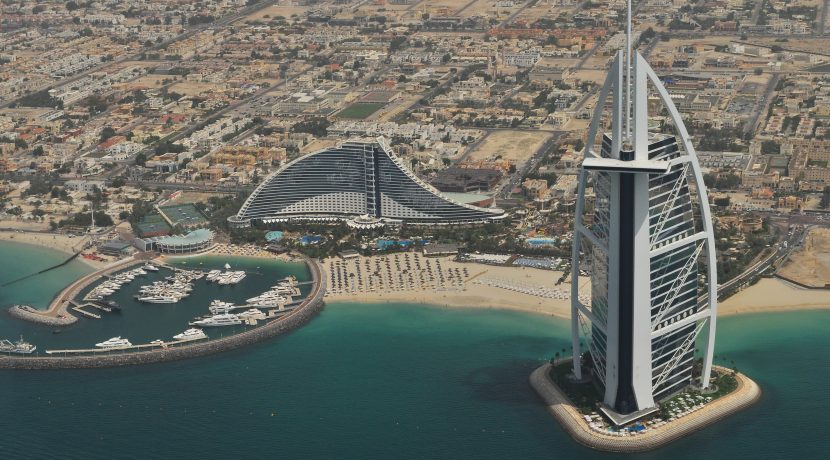Residential sales and rental prices in Dubai continued to decline in the first quarter, and the trend is expected to persist throughout the rest of 2018, the third year in a row of a market slump, according to a report by consultancy Core Savills.
“Challenges of oversupply, mismatch between offer and supply, weakening demand across other sectors such as office and retail, and relatively lower levels of household income growth are all exerting downward pressures on the market,” said the update released on Wednesday.
As a result, Dubai’s residential market will be “extremely tenant-friendly”, Core Savills said, with rental landlords willing to negotiate on cost rather than have an empty unit. Average sales and rental prices have dropped in most districts in Dubai – the result of low oil prices dampening demand and squeezing consumer purchasing power. Most analysts say recovery is not yet in sight. As such, this year will be a “critical” one in terms of market trajectory, Core Savills said. “What follows in the next two years will have a great impact on Dubai’s residential market dynamics post-2020” when the emirate hosts the World Expo.
For apartment sales, Downtown Dubai and Dubai Marina saw the sharpest year-on-year price declines in the first quarter of of the year, at 7.5 per cent and 6.6 per cent, due to a large number of new launches in those areas, which shifted demand to off-plan stock. “The cascading effect of new stock impacting secondary sales prices, either within the community or in the adjoining areas, is one of the strongest reasons causing a delay in sales price recovery,” said Edward Macura, partner at Core Savills.
Emirates Living – including The Greens and The Views communities – saw a 5.8 per cent decline, Jumeirah Lakes Towers suffered from a 5.1 per cent drop, and Business Bay witnessed a 4.8 per cent drop. The only neighbourhoods to see price rises were Discovery Gardens (0.3 per cent) and Dubailand (2.7 per cent).
For villa sales, The Springs and the Meadows saw the steepest year-on-year decline at 10 per cent, followed by Jumeirah Islands at 6.8 per cent and Dubailand at 5.3 per cent. The only communities to see prices rises were Jumeirah Village (0.6 per cent), Emirates Hills (3.5 per cent), and Palm Jumeirah (3.6 per cent).
For apartment rentals, JLT suffered the steepest decline at 9.3 per cent, followed by Downtown Dubai at 9 per cent and DIFC at 8.2 per cent. No community analysed by Core Savills witnessed an increase.
For villa rentals, Emirates Hills saw the biggest drop at 7.8 per cent, followed by Dubailand and Jumeirah Village both with 7.7 per cent, and Palm Jumeirah with 6.5 per cent. Again, no community witnessed a rental price hike.
“With rents now more than 15 to 20 per cent lower than 2015, even in core established districts, many tenants are saving significantly on annual rents by either renegotiating with their current landlords, relocating within a district or moving outwards,” the report noted.
However, despite declining sales market performance, off-plan activity continues to be robust as developers compete on entry prices. A total of 6,000 units were delivered in the year-to-date 2018, and a further 15,500 units are expected over the rest of the year, pushing Core Savills’ conservative estimate for the year to over 21,500 units.
The decline in prices “hasn’t significantly dampened occupier sentiment due to the wide variety of options now available at very competitive prices, with higher levels of flexibility offered by both the developers in new launches and landlords in the rental market,” Mr Macura added.
All rights reserved to the initial publisher for The National.
Collected and published by Arms &McGregor International Realty® editorial team. Get in touch with us at [email protected]

